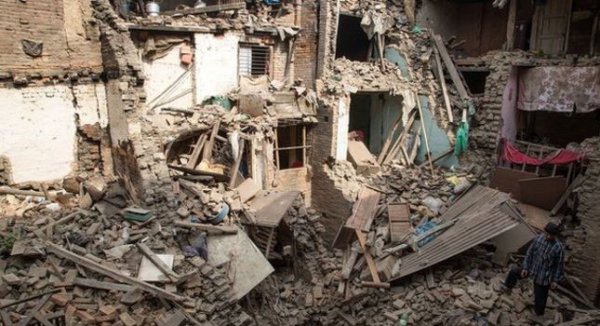New data has revealed that the devastating quake that hit Nepal in April did not release all of the stress that had built up underground, and has pushed some of it westwards.
The research is published in the journals Nature Geoscience and Science.
Its authors say more monitoring is now needed in this area.
Prof Jean-Philippe Avouac, from the University of Cambridge, told BBC News: "This is a place that needs attention, and if we had an earthquake today, it would be a disaster because of the density of population not just in western Nepal but also in northern India, in the Gangetic plain."
The 7.8 magnitude earthquake that struck Nepal earlier this year killed about 9,000 people, and left many thousands more injured and homeless.
It occurred in a geological collision zone, where the Indian tectonic plate pushes north into the Eurasian plate, moving the ground an average of 2cm a year.
(BBC News)






